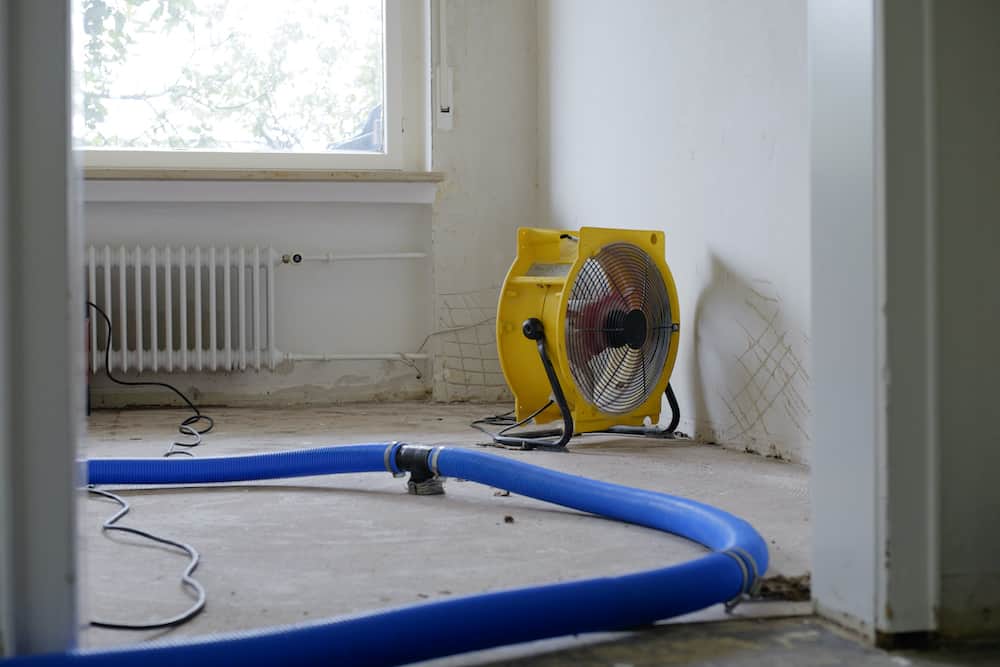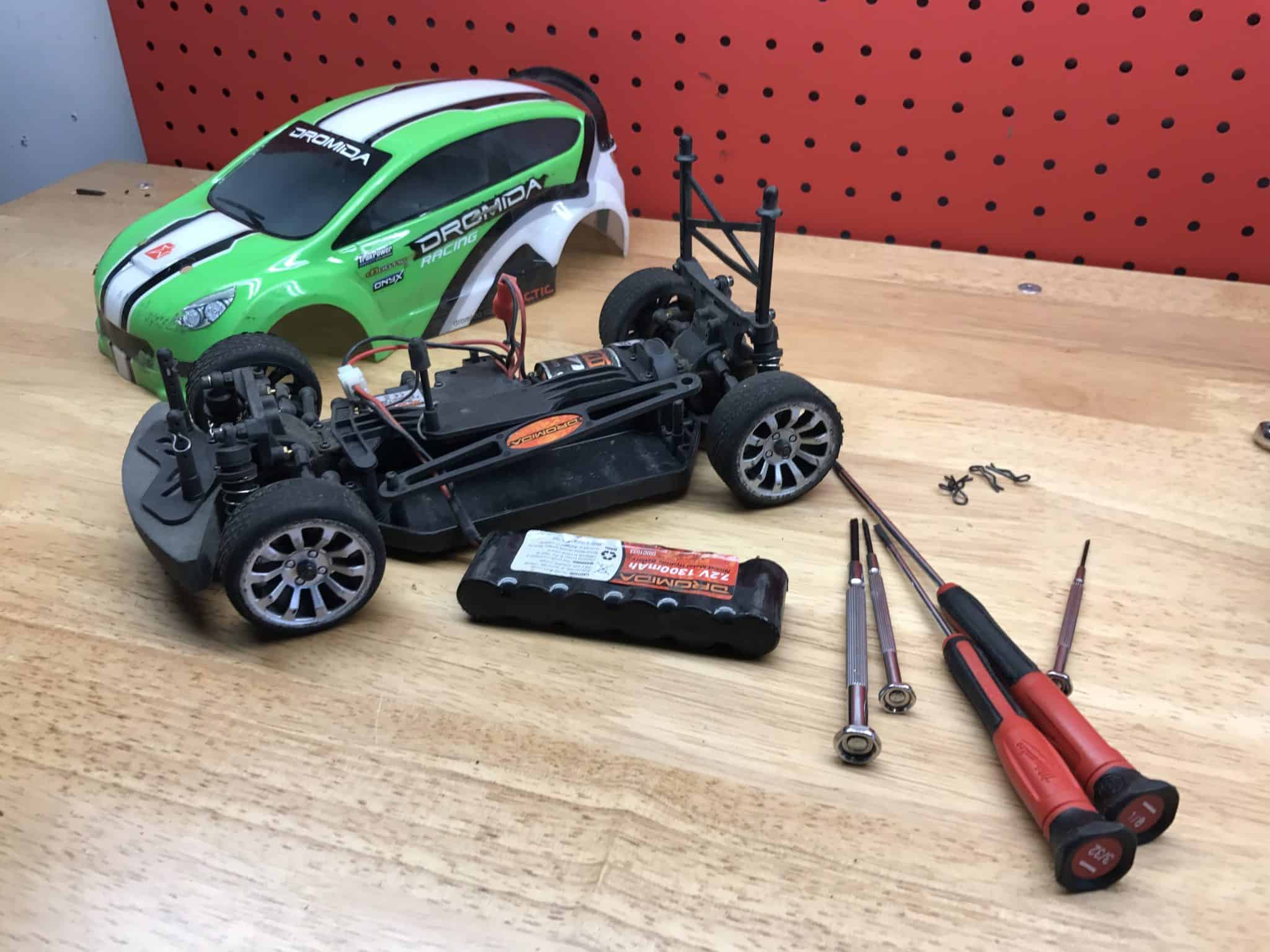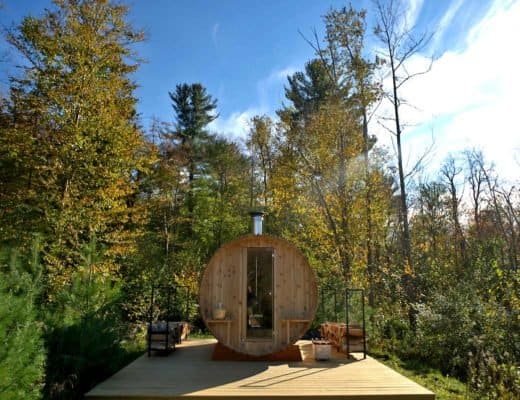
When water damage occurs, the first step is assessing the source of the water and thus its category. This is important because the category determines what can be saved and what can’t be saved.
Category III Water is Bad
Remember, category III water has either sewage or toxic chemical potential. This includes not just raw sewage, but water from a source of raw sewage. For example, a toilet overflow from the bowl, even if the water in the bowl was “clean” just prior to the overflow, should be treated as category III because the source of the contamination.
Think about it this way: no matter how clean water sitting in a toilet might be, you likely would not add Kool Aid to it and mix it up for a nice summer drink, right?
What Can Be Salvaged After Category III Water Damage
When category III water damage occurs, all porous surfaces should be removed with full personal protective equipment on (we’ll look at this equipment in a subsequent post). Drywall, carpet, carpet pad, insulation, baseboard, wood flooring, rugs, furnishings, etc. You name it. It should be discarded.
Now, if you have an antique rug from the 1650’s worth more than our national debt, you of course would try to save it by hiring a restoration company specializing in textiles. But if the products are not unique, they should be tossed. It’s for the safety of your family.
Non-porous materials, like tile, concrete, plumbing fixtures, etc. can be cleaned with a standard biocide cleaner and left in the home. You may want to get a a relatively strong biocide from a janitorial supply company. When using such products, be sure to follow the use label on the product explicitly. Not doing so can harm the occupants of the home and is also illegal.
What Can Be Salvaged After Category I and II Water Damage
In contrast to category III water damage, salvaging materials after category I or II water damage depends on the actual damage to the material, not necessarily the contamination to the material. In essence, you are concerned more about the finished product rather than endangering the occupants.
Guidelines for Salvaging Materials
Carpet
Remove and replace carpet pad, attempt to re-use carpet. Note: Category II water, which could have soaps and dirt in it, may stain carpet permanently, but it may be worth trying to dry it and clean it first.
Wood Flooring
Water damage to wood flooring is very difficult to assess. As a very general rule, true natural wood floors can sometimes be saved by very experienced and qualified restoration companies, and usually at great cost. Engineered wood floors are usually permanently damaged by water and must be replaced. The ability to salvage wood floors is a topic of much debate in the restoration community.
Baseboard
If baseboard was removed and drying started immediately after damage occurred, baseboard may be salvaged. If baseboard was an engineered material, like MDF, even minimal exposure to moisture will cause it to swell. No saving swollen MDF. If your baseboard was natural wood, you may have a chance to save it if you act fast.
Cabinets
Cabinets pose a unique challenge after a flood. On one hand, they can often be salvaged when dried correctly. On the other hand, drying under a cabinet is challenging. The best method is to remove standing water from the area, remove baseboard covering the toe-kick, drill ~1″ diameter holes in the toe-kick every 12″ or so, and try to get air circulation under the cabinet.
Most restoration companies have special adapters for their blowers that direct air into these holes. If there is a chance the drywall behind the cabinet was saturated, you will need to remove the cabinets to prevent mold-growth on the walls.
Drywall and Plaster
Like baseboard, early intervention is key. Drywall and plaster can absorb a small amount of water and be successfully dried. For drywall, if the paper is wet but the gypsum inside has not started to degrade, you are probably ok to salvage it. If the paper is saturated and the gypsum is starting to turn mushy, you are likely too late.
Insulation
Batt insulation should be removed and replaced even if just a little wet. It’s highly absorbent and a breeding ground for mold if not completely dried. Since this requires drywall removal from at least one side of the wall, basically any flooding that comes above the sill plate of an insulated wall will require removal and replacement of both drywall and insulation.
Wallpaper
No luck here, has to be replaced.
Rugs
Can usually be cleaned by a professional cleaner, but you want to evaluate the value of the rug versus the cost of cleaning.
Sheet vinyl
Vary hard to dry, and usually better off removing and replacing. Sheet vinyl will delaminate and discolor even months after water damage. Since its usually a cheap material, better to just replace.
Furniture: Depending on when you catch the damage, most furnishings can be saved. Be sure to get the furniture up off the ground as quickly as possible to facilitate drying and reduce the odds of mold growth.



